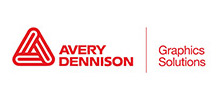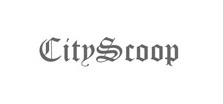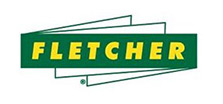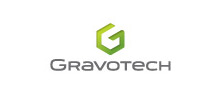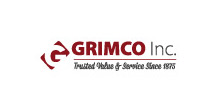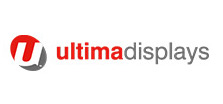Why You Need a Signage Plan for Your Business
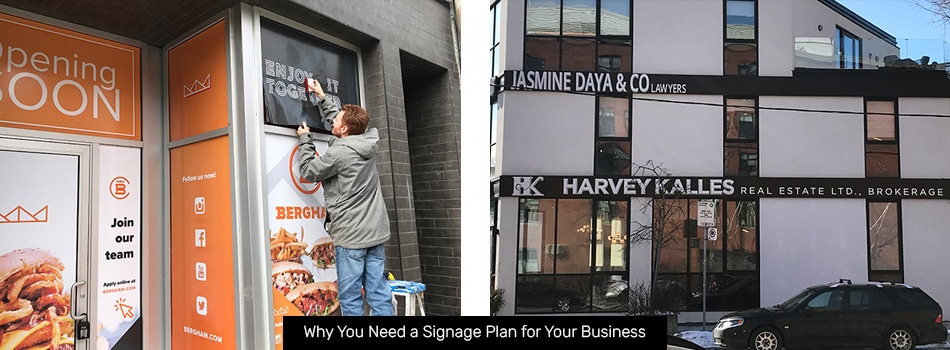
Have you ever thought about how important directional signs are to your daily life? Without them, you’d have trouble even navigating your own neighbourhood! Civic planners know that people need some help finding their way, so they install street signs and address markers to provide that guidance. You can take inspiration from this practice by creating a signage strategy for your company’s brick-and-mortar location. What is a signage strategy, and how can you create one? Keep reading to find out!
What is a Signage Plan for Businesses?
A signage plan is a form of directional signage that combines many wayfinding signs into a single overarching system. They are typically used to help people navigate large complexes, such as marketplaces or multi-level buildings. However, they can also be used to great effect in smaller spaces like convenience stores. Any commercial space with distinct zones can potentially use a signage plan to make those zones more distinct and help customers navigate easily around the space.
Remember that directional signage displayed in commercial spaces is often subject to certain standards and laws. You’ll need to design, place, and maintain your signs with these regulations in mind. This is just one of the many reasons it’s important to work with a reputable sign company for these kinds of projects! Doing so will save you time and money and provide the best possible results.
The Do’s and Don’ts of Business Signage Systems
1. Watch How Customers Move Around Your Space
Your signage should be designed and placed with real customers’ needs in mind. To find out what those needs are, you’ll need to watch them carefully. Where do your customers go when they enter your space? Where do they stop and look around for directions or wander about looking confused? Any instance where your customers’ shopping journey is interrupted is an opportunity to smooth over the difficulty and arrive at a better customer experience.
Talk to your staff about customers’ needs too. Which areas are employees asked to point out the most? Have customers been commenting that a certain area is hard to find? Use your findings to update your interior or exterior signage as needed.
2. Classify Signage Depending on Its Importance
A good signage strategy uses signs from several of the six levels of sign hierarchy. These are:
- Directory. Directory signs offer a high-level overview of every area in your locations. It can be as simple as a coloured map of the location or as detailed as a full touch-screen directory for locations with multiple floors.
- Primary. Primary directional signage points out the biggest areas in your store or complex. For example, a grocery store might have large overhead signs for produce, meats, the bakery, and pantry essentials. Office signs also fall into this category.
- Secondary. Secondary directional signage directs people to smaller areas within the large areas defined by primary signage. For instance, a grocery store might have signs in its pantry section showing where you can get specific items like cereal, pasta, canned foods, and international foods.
- Tertiary. Tertiary directional signage is utility signage and is usually required by the ADA. These types of signs point out exits, bathrooms, and other utilities within the building.
- Collateral. Collateral signage is used to identify areas with additional materials, such as flyers and brochures.
- Decor. Decor signage works in conjunction with your other signage to provide a clearer picture of what a space is supposed to deliver. For example, many stores with children’s sections use colourful decals on their walls in those areas. These decals are decorative, but they also provide visual cues that tell customers that a section is meant for kids.
Think about which of these types of signs would make the most sense for your business and incorporate them into your signage strategy.
3. Don’t Use Unreadable Fonts in Your Signage
Directional signs need to be easy to read and understand. Use simple, standardized fonts in all of your wayfinding signage to avoid confusion. You can have fun with fonts in other types of signs, like your sale signs or promotional banners.
4. Don’t Use Too Many Colours
For the same reasons, it’s a good idea to keep your sign colours simple as well. Choose a few high-contrast colours and stick with those for all of your directional signs. Your signs should be easy to read from a distance and stand out from the environment around them. Outdoor business signs should also be easy to read in direct sunlight.
Contact The Sign & Graphics Manufaktur for Business Signs in Your Area
Are you ready to get your signage strategy going? Let the experts here at Sign & Graphics Manufaktur help you out. We offer all sorts of custom business signs, including acrylic business signs, banners, decals, and more. Contact us today to discuss your signage strategy or order some Toronto signs that are sure to boost your company’s customer experience.
Back





